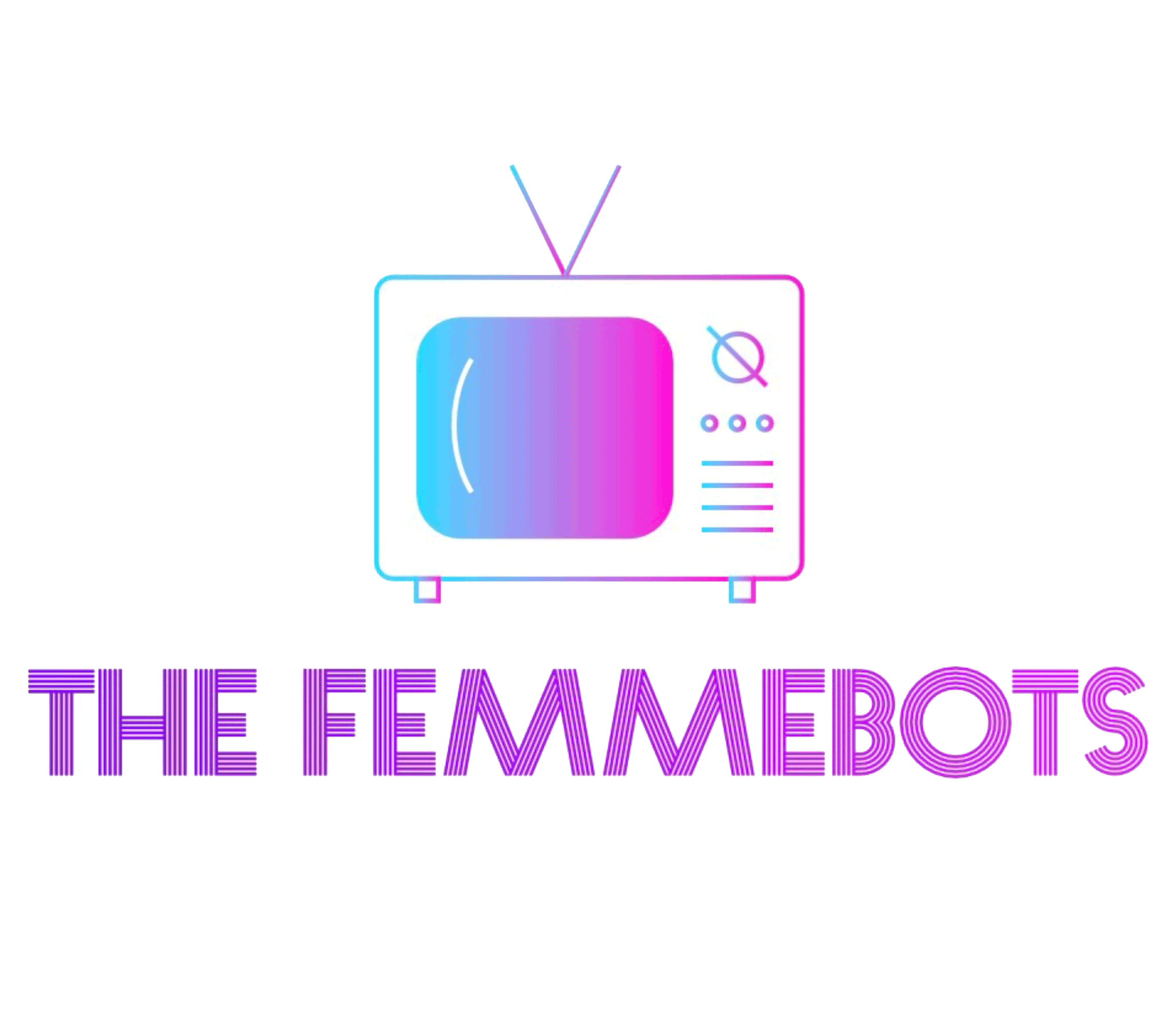More than 10 years ago, Salon.com ran an insightful review on three books that explore technology’s effect on our humanity.
“Faster” by James Gleick, “Coercion” by Douglas Rushkoff and “The End of Patience” by David Shenk.
I happened to find the article after Googling a new book called, “Unplugging the Patriarchy” by Lucia Rene, which my mentor, Hazel Henderson, said she just read and could not put down.
As a yoga student and web programmer, I am extremely interested in these issues. While yoga teaches me to breathe and to cease the fluctuations in my mind, my web industry requires me to keep up with technology at the speed of LIGHT. Lucky for me, none of my clients are the “wam-bam-thank-ya-ma’am” types of organizations. They’re ‘ol skule, meaning, they understand that anything meaningful in life takes time, patience and diligence. They are actually part of a movement that encourages SLOW GROWTH – real, Earth-time growth rather than thoughtless text message instant gratification.
It’s a relief for me because now I don’t feel bad or inadequate when I can’t get to something ASAP or on someone else’s time frame. If a tree needs years of sunlight and water in order to reach its full potential, surely I can allow my complex brain the time and space to understand a concept before moving on to the next task.
Some practical ways of managing your technology use with yoga consciousness:
1. When you wake up, don’t check your iPhone email immediately. Wash your face. Brush your teeth. Take a shower. Be a human being first. Your robot self can wait until later.
2. Some emails don’t need immediate responses. Let them simmer for 24 hours. Maybe when you are walking to the store for milk, a new idea will percolate and then you can respond with a more thoughtful solution and/or message.
3. Close your email program while you work on a particular task in order to minimize the distractions of incoming mail.
4. Text messages are for conveying practical information like, “I will be there in 15 minutes,” or “The address is…” or “I had a great time last night. Thank you.” Try to refrain from using it as your main mode of communication because your meaning may become misconstrued, or worse, you may be wasting energy thumb-typing when it may be easier and more personal to call.
5. Take frequent breaks from the computer. Put it on “Sleep Mode” while you go walk around outside to breathe fresh air and look at the blue, blue sky. If it’s raining, go to a coffee shop and sip a yummy latte while watching the raindrops splatter on the windowpane.
Perhaps you’ve got some ideas on managing technology in our faster-than-cheetah-pace culture?
Share ’em!!
